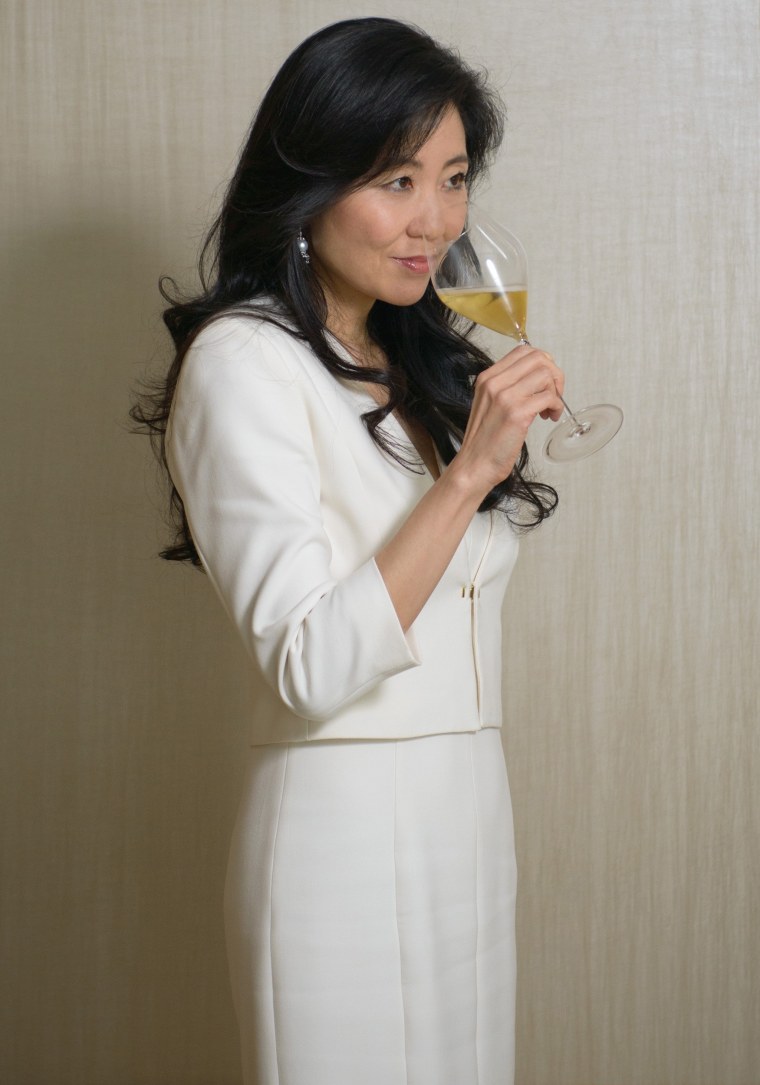Dear Mister Manners: I’m not super knowledgeable about wine. I know what I like and what I don’t like, but if I order a bottle that I find disappointing, is it acceptable for me to send it back after tasting it?
(Mealtime with Mister Manners is a weekly column that delves into a smorgasbord of dining-etiquette dilemmas. Please submit your questions at the bottom of this page.)
For all the ceremony that goes into tableside tasting of a freshly opened bottle of wine — the sniffing, the swirling, the sipping, the swooning — sending a bottle back is rarely warranted and seldomly done. And pity the patron who would do so for dramatic effect. “All kinds of show-offs and buffoons send back perfectly sound bottles for no other reason than to appear knowledgeable,” wrote the legendary composer Leonard S. Bernstein in his 1982 book “The Official Guide to Wine Snobbery.”
On the flip side, however, German poet and statesman Johann Wolfgang von Goethe believed “Life is too short for bad wine.” What, then, should a well-mannered and budding wine enthusiast know about sending back a bottle from whence it came?
There are four reasons a wine may be flawed, according to wine educator and entertainer Michael Green. Although modern winemaking techniques have all but eliminated these risk factors, awareness of what to look for is essential for anyone wishing to be more serious in their wine appreciation.

Putting a cork in it
A clear sign that a wine is corked is the telltale “smell of wet cardboard,” explained Green. Others have likened the scent to that of a drenched dog. In actuality, the source of the odor is neither cardboard nor canine, but a chemical compound known as TCA (2,4,6-Trichloroanisole), which has taken hold in the cork and transferred to the wine. Green advises not smelling the cork — a valueless exercise — but the wine itself. The scent is distinctive and the wine will be distasteful.
A lot of hot air
Another culprit for wine not being what it should be is oxidization. “Has oxygen gotten into the bottle or has it been exposed to heat?” asked Green. A surefire giveaway of excess oxidization will be the taste and smell of vinegar as opposed to the delightful notes you would otherwise expect. The color of an oxidized white will be deeper; an oxidized red will be less saturated.
Something rotten, but not necessarily in Denmark
Continuing the list of olfactory offenses is sulfur dioxide. “It’s added to wines as a stabilizer and to combat bacteria,” explained Green. “Yet, sometimes, wine becomes attached to other kinds of sulfur and the wine in your glass will smell like rotten eggs.”
Placing your Bretts
A yeast known as Brettanomyces, or Brett for short, can also affect the flavor profile of wine, reducing its fruitiness and even bestowing a scent often described as akin to a Band-Aid. Though some wine-lovers appreciate the effects Brett can bring about in a wine — in moderation, at least — others criticize the lack of mouthfeel a wine with this fungus will have. “Typically, a wine spoiled by Brett won’t deliver the flavors or aromas it should,” Green concluded.
Rarer than rare
The more you know, right? And yet, the scenarios described above are exceedingly uncommon. According to wine educator and author Jeannie Cho Lee, “In major wine competitions, such as the Decanter World Wine Awards, where more than 15,000 wines are tasted by professionals, around 3 to 5% of them are sent back to re-taste due to potential bottle variation or wine fault.”

Amongst non-professionals, Lee estimates, the percentage of wines sent back for cause is “less than 1%.” In a restaurant with an in-house sommelier, that number will be even less, as a spoiled wine would not typically make it as far as the patron’s glass.
In other words, for everyday enthusiasts simply looking for a nice bottle to share at the table, the likelihood is high they will never encounter a spoiled wine in a restaurant. Which is not to say that every wine selection is a winner.
What if you just made a bad choice?
What is the recourse then, for patrons who simply don’t like the wine although it is exactly as it should be? Is it ever acceptable to send a bottle back because it doesn’t please the palate?
Although both Lee and Green caution against such action, Green believes there is a bit of wiggle room: “The less expensive the wine is, the easier it will be to send back if the flavor profile is not to your liking.” That decision should be made carefully and the request made gingerly. The more articulate you can be, the better your chances of having a wine experience that meets your expectations: “I am looking for something fruitier. Or more full-bodied. Or with less bitterness. Less tannin. Smoother in taste,” he offered by way of suggestion.
If, however, the bottle you’ve ordered is an expensive one, Green advised: “Caveat emptor.”
How to prevent disappointment
To avoid the awkwardness that arises from someone’s having made an unfortunate wine selection, the experts have a few solutions.
Green, who for more than 20 years served as food and wine consultant for the now-defunct “Gourmet” magazine, recommends requesting a taste of the wine before ordering a whole bottle. And enlisting the aid of the server when making a selection: “I don’t know many of the wines on your list, but tonight, we are looking for a full-bodied red wine. In the past, we’ve liked a California cabernet. Can you recommend something around $50?”
Another tidbit of advice from oenophiles is to look at the bottle’s label as it is presented to ensure the vineyard, varietal and vintage match what you ordered. Details matter. “A 2020 pinot grigio is going to taste different from a 2018 pinot grigio,” Green said. And of course, ordering by the glass rather than gambling on a bottle is another way of easing into a wine before making a substantial commitment.
Expanding your mind may also help expand your palate, says Lee, who is the author of three books, including “Asian Palate,” as well as being a 2021 recipient of the Knight in the National Order of the Legion of Honor for her contributions to the promotion of French wines across the world.
“Learning about the winery's history and the people behind it could enhance appreciation for a wine the patron may not initially like,” she recommended.
Time to raise a glass
Understanding a wine’s prospective technical flaws and appreciating how rare those flaws are should take off some of the pressure of that moment of truth before we offer an approving nod to the server, indicating our consent that the wine be shared with the rest of the table.
If, as Ernest Hemingway once wrote, “Wine is the most civilized thing in the world,” we now know more fully how to be civilized in our enjoyment of wine — even ones that don’t delight upon first blush.
I’ll drink to that any day.
Submit your dining etiquette questions here:

